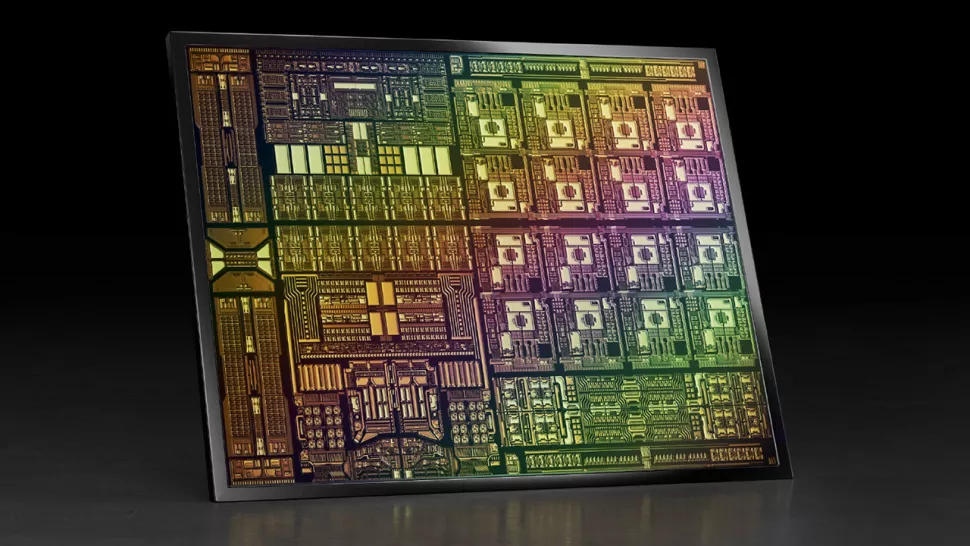Ten Products and Trends from the Arm Ecosystem in 2021

Despite the world being turned on its head by the COVID-19 pandemic, the Arm ecosystem has continued to innovate and bring fantastic new products and applications to market in 2021. Listing them all is an impossible task, yet there are some stand-out products and trends to be celebrated.
1. Cortex-X marks the spot

Announced in 2020, Arm Cortex-X processors bring ultimate performance to next-generation smart devices. In January 2021, the first Cortex-X1-based SoC – the Samsung Exynos 2100–debuted alongside the Galaxy S21. This SoC employs an Arm Cortex-X1 CPU in a tri-cluster octa-core configuration alongside an Arm Cortex-A78 CPU and Arm Mali-G78 GPU.
In October, Google launched its Pixel 6 smartphone powered by its own Tensor SoC containing two Arm Cortex-X1 CPUs, two Cortex-A76 CPUs and quad Cortex-A55 CPUs alongside a massive 20-core Arm Mali-G78 GPU.
Why two Cortex-X1s? Having two high-performance cores running at medium speeds for demanding workloads–such as streaming a live performance or some other kinetic event—can save power, according to Google.
A month later, MediaTek released the Dimensity 9000, the first chip based on the Armv9 architecture to appear in silicon. The Dimensity 9000 contains a 3GHz Cortex-X2, three Cortex-A710s and four Cortex-A510s along with a ten core Mali-G710.
2. The rise of the DPU

Data Processing Units are the COOs of datacenters, built for administrative tasks like deep packet inspection that can soak up 30% or more of the compute cycles of application processors. More versatile than SmartNICs and more suitable for these tasks than CPUs or FPGAs, DPUs and DPU-based system such as AWS’s Nitro began to be deployed in the late-2010s, but the momentum surged in 2021 with new designs and broader adoption.
Some of the projects unveiled in 2021 based on Arm technology include Mt. Evans, a DPU developed by Intel and Google containing 16 Arm Neoverse cores; the Bluefield 2 and upcoming Bluefield-3 processors from NVIDIA; Marvell Technology’s OCTEON 10; and the Elba from Pensando Systems, being adopted by HPE. VMWare, Palo Alto Systems, Dell, and others have likewise created products to take advantage of DPUs.
Meanwhile, Arm Neoverse continued to expand in the application processor space with chips released and/or announced from Ampere (the 128-core Altra Max), AWS (Graviton3), and Alibaba (the Yitian 710 based on the Armv9 architecture.)
3. Raspberry Pi gets customized

How do you follow up kickstarting the IoT industry and shipping 37 million systems? By designing your own chips. The Cortex-M-based RP2040 is the first custom chip to be designed by the Raspberry Pi Foundation. Writing on Arm Blueprint in January, RaspberryPi COO and Director of Hardware, James Adams, said the company, “jumped at the chance to design our own custom SoC with Arm Flexible Access.”
The RP2040 has been built into a range of boards. It’s a fantastic entry point for anyone looking to discover for themselves just how powerful Arm’s tiniest processor design – the Cortex-M0 – can be. It’s even capable of artificial intelligence (AI). Not bad for a sub-$5 product.
4. Alternate reality inches towards reality

Leia’s $649 Lume Pad was one of the eye-openers at the trade show CES earlier this year. An Android tablet running an Arm-based Qualcomm Snapdragon 845, the Lume Pad can serve up 3D images without the aid of glasses. It is one of the first consumer products to take advantage of lightfield technology. Lightfield cameras can capture information about the intensity of light as well as its direction and origin. Ordinary cameras capture only intensity. (Lytro championed the concept to the world back in 2006, but it’s $1,600 camera was early for its time.)
Leia CEO David Fattal discusses the technology in depth and its uses in the New Reality series from Arm.
5. Greater visibility for the grid

Typically, utilities learn about problems in the field the old-fashioned way: when they get a call from a scared or disgruntled customer.
The RAM-1—a intelligent grid sensor developed by Edge Impulse, research institute IRNAS and equipment manufacturer Izoelektro—seeks to change that. Powered by a Cortex-M processor from Nordic Semiconductor, the RAM-1 monitors voltage and other parameters on power lines to detect fires or other problems early on. If its AI algorithms find an anomaly, the RAM-1 relays the event to the cloud for further classification and/or to relay warnings to emergency crews and control rooms.
The system can also be used to optimize the distribution of power and reduce losses. Some of the other smart grid innovations made possible with Arm technology in 2021 include Span’s smart panel, the Swift processor from Enphase, and Awesense’s microgrid platforms.
6. Chips get flexible

Image credit: PragmatIC
Microprocessors debuted 50 years ago and have since impacted every facet of our lives. This year, an Arm research team published a paper in scientific journal Nature on PlasticArm, a full-fledged processor built in partnership with PragmatIC using thin-film transistors (TFTs) on a flexible substrate. TFTs and flexible substrates have been demonstrated before, but not together in a processor.
Running at 29kHz and consuming only 21mW of power, PlasticArm is still in the experimental stage, but it shows how inexpensive, pliable processors could someday be integrated into trillions of everyday devices. Imagine smart labels on food products that can update use-by dates to reduce food waste or inexpensive vibration sensors applied to pipes that can pinpoint leaks.
Flexible processors won’t replace silicon chips. Instead, they will complement them.
7. A smarter approach to smart devices
Do consumers really want a smart refrigerator?
If they can help save the Earth, the answer could be yes. With Arm, Arçelik developed a reinforcement learning model that could be added to the hardware and software stack of current fridges. The goal was to see if the fridge could adapt its cycles to a household’s habits. The result? Power was cut by up to 10%. Deployed across Europe, the power savings would equal the output of nine small, coal-powered plants.
“If we can use AI to optimize the performance of fridges, we see huge potential for a host of other situations, scaling from an AI-enabled fridge at home to large-scale industrial cooling facilities,” wrote Arçelik Global’s senior design engineer, Özgür Özkan, in a blog on Arm Blueprint.
8. More variety for laptops

The Arm architecture was originally devised for PCs, but came into widespread use through phones, consumer devices and embedded systems. In recent years, Arm-based laptops have returned, growing both in shipment numbers and design diversity thanks to steady increases in performance, battery life, and software.
Case in point: the HP Elite, with exceptional battery life, 5G connectivity, a vegan leather folio, and an unusual, convertible design. (You pull the screen forward or lay it flat on the keyboard.) It’s powered by the Qualcomm Snapdragon 8cx Gen 2 5G chipset, combining two powerful Arm Cortex-A76 with four power-efficient Cortex-A55 cores.
Arm’s Saurabh Pradhan goes more into depth on the impact the Cortex-X family can have on laptops and desktops in a blog on the Arm Community.
9. Building blocks for the software-defined car

Car makers are introducing electric powertrains, automation, and new immersive in-vehicle experiences, and to make this possible, they are moving to a new, centralised compute architecture. Some commentators are talking about the car becoming a “datacenter on wheels”.
Think of the AVA Platforms from ADLINK and Arm as the next step in this transformation. The platforms combine Neoverse processors from Ampere Computing, along with other technologies, to give car makers the capability for unconstrained exploration of any future automotive workload on Arm. They are ideal for developing software based around the Scalable Open Architecture for an Embedded Edge (SOAFEE), a software architecture for vehicles announced earlier this year. Pre-order began in the fall and general availability followed.
10. The software-defined camera

Like driving, photography is at the start of what will be a monumental technological overhaul. Smart video cameras that can analyze foot traffic and other parameters with edge AI are in the works. In the automotive market, Brodmann 17 debuted a computer vision platform for better pedestrian and blind-spot detection, among other applications. Meanwhile, Steer promoted a module that uses computer vision to let cars park themselves. (Arm Cortex-A53 processors can be found inside both the Brodmann 17 and Steer devices.)
Meanwhile, France’s Vaonis released the Vespera, a camera that takes hundreds of long-exposure images of galaxies and nebulas and then weaves them together to create an accurate, photorealistic composite image with Vaonis’s software, a Sony imager and an Arm Cortex-A76 processor.
What’s Your Big Idea?
Arm and its partners have been sparking the world’s potential for over 30 years. Learn more about our technology, our ecosystem approach and where digital technology is headed.
Any re-use permitted for informational and non-commercial or personal use only.











